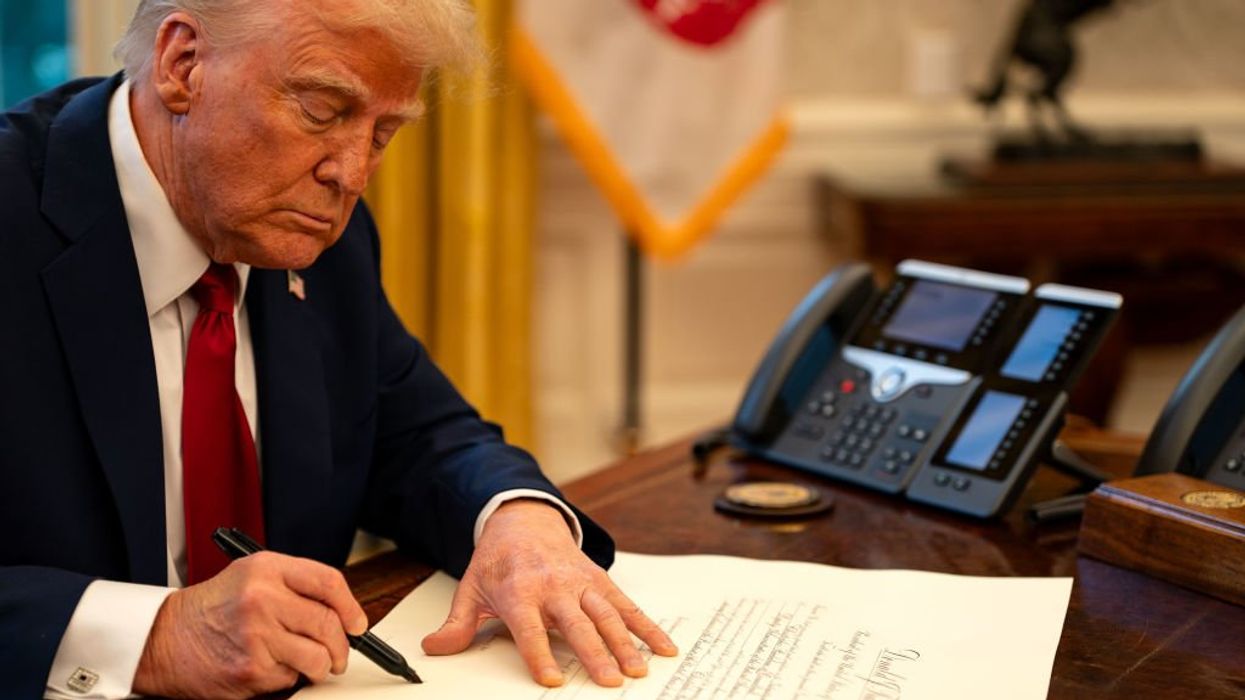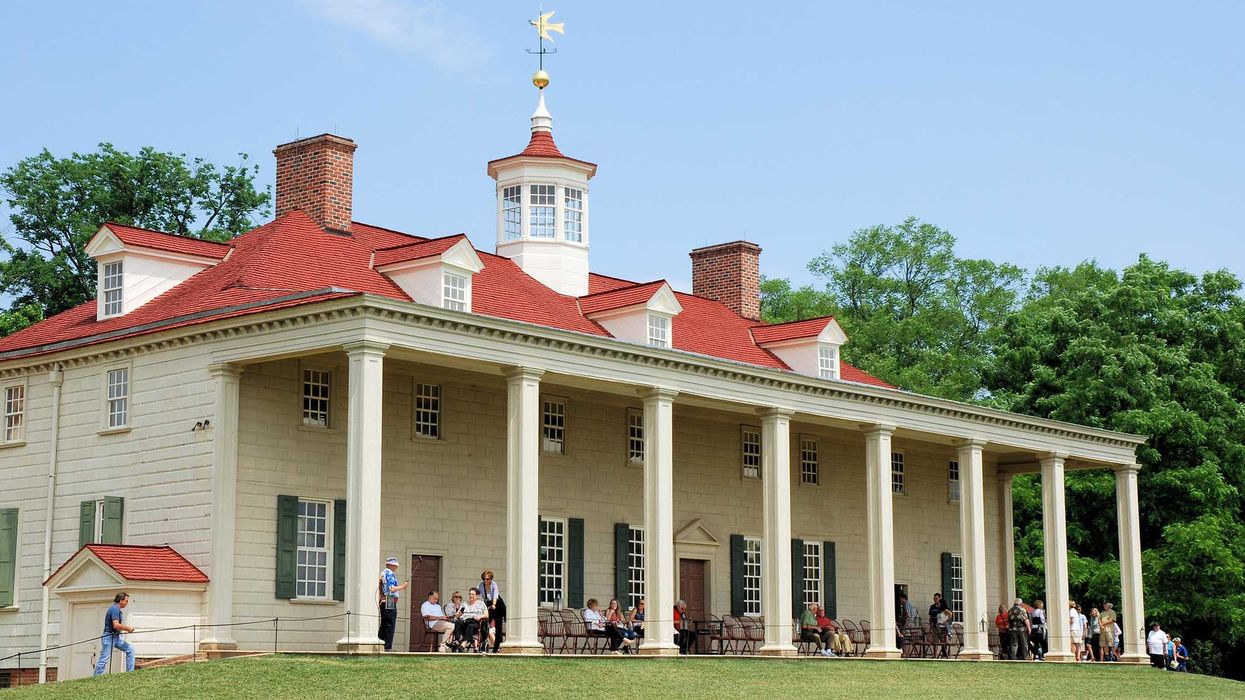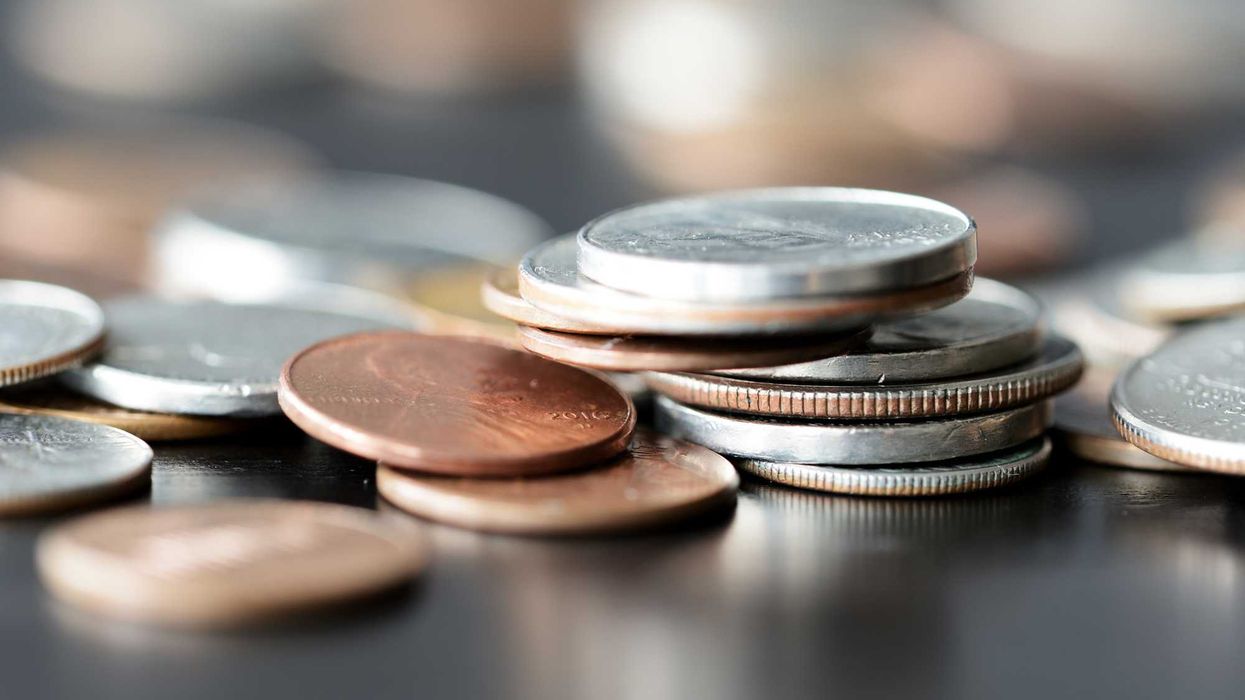No sooner did President Donald Trump resume his occupancy of the White House than he signed more than 200 executive orders in rapid succession. These directives radically shifted federal policies on issues ranging from immigration enforcement to energy production. While their full impact remains to be seen, many of these will face inevitable legal challenges, leading to prolonged court battles that will likely shape their outcomes and determine their long-term viability.
Executive orders instruct federal agencies on how to act or refrain from acting in specific ways. They do not grant new powers to the president—only Congress can do that—but instead rely on authority already granted by the Constitution or Congress. Importantly, these orders apply only to federal agencies and employees, meaning they do not directly govern private citizens or state governments.
During President Trump’s first term, his Muslim travel ban became a key example of the challenges executive orders can face. The policy underwent extensive legal scrutiny, triggering multiple court battles and requiring revisions before a significantly weakened version was upheld by the Supreme Court. Similarly, many of Trump’s current orders are likely to follow a comparable trajectory, encountering legal disputes that will likely delay or significantly alter their implementation.
President Trump’s executive order blitz is both a show of strength and a recognition of a significant weakness: the difficulty of passing legislation with slim GOP majorities in Congress. These actions serve largely as symbolic victories, signaling to his base that he is addressing their priorities decisively. With legislative gridlock persisting, executive orders allow him to create the appearance of advancing his agenda without requiring congressional approval.
One of the most controversial orders aims to ban birthright citizenship for children born in the U.S. to undocumented immigrants. This directive challenges the Constitution’s Fourteenth Amendment, instructing federal agencies to deny citizenship documents to such children. No sooner was the ink dry on the order than it faced an immediate challenge in court by the ACLU. It will likely require a Supreme Court ruling, and while it may be fast-tracked, its full impact could take years to materialize, if at all.
Beyond executive orders, President Trump’s flurry of actions includes policy memorandums, national security directives, and proclamations. For instance, he has declared a national emergency to secure additional funding for southern border security—a strategy he used in his first term to redirect funds for building a border wall. However, justifying the emergency declaration may prove difficult, as illegal crossings have dropped significantly in recent months.
President Trump has also revived Schedule F in an effort to strip senior civil servants of job protections and allow their replacement with political appointees. Supporters argue this ensures loyalty to presidential priorities, but critics warn it could politicize the federal workforce and revive the corruption of patronage. Legal challenges to test its compliance with employment laws are inevitable.
Another policy targeted by President Trump focuses on Diversity, Equity, and Inclusion (DEI) programs in federally funded institutions. By tying federal funding to the elimination of these programs, Trump aims to dismantle what he views as ideological control of big institutions. However, this heavy-handed approach risks undermining meaningful progress in promoting diversity and addressing systemic inequities in both corporations and universities.
The fate of executive orders ultimately depends on the shifting winds of politics and the electoral cycle. During his first term, Trump issued 220 executive orders, many of which were overturned by President Biden. Similarly, Biden’s 162 orders, such as rejoining the Paris Climate Accord, have been targeted for reversal during Trump’s second term. This pattern underscores the temporary nature of executive actions and highlights the need for congressional action to achieve enduring policy change.
The Supreme Court will play a key role in determining the legality of Trump’s actions, but their broader political implications are equally significant. While these orders may energize his base, they risk alienating moderates and deepening partisan divisions. Prolonged legal battles will likely dominate headlines, further shaping public perceptions of his administration’s effectiveness and its approach to governance. Despite the Court’s conservative majority, there is no guarantee it will uphold all of these orders, as justices may still scrutinize their legal and constitutional foundations. Some of Trump’s expansion of presidential powers may even be too extreme for conservative justices to support.
Trump’s reliance on executive orders highlights the tension between bold actions and the checks and balances central to the American political system. While he didn’t create the precedent for using executive orders heavily, he took it to new extremes, encouraging future presidents to rely even more on bypassing Congress. These orders can bring quick changes, but their long-term success depends on surviving legal challenges, political opposition, and resistance within the federal bureaucracy.
Robert Cropf is a Professor of Political Science at Saint Louis University.



















